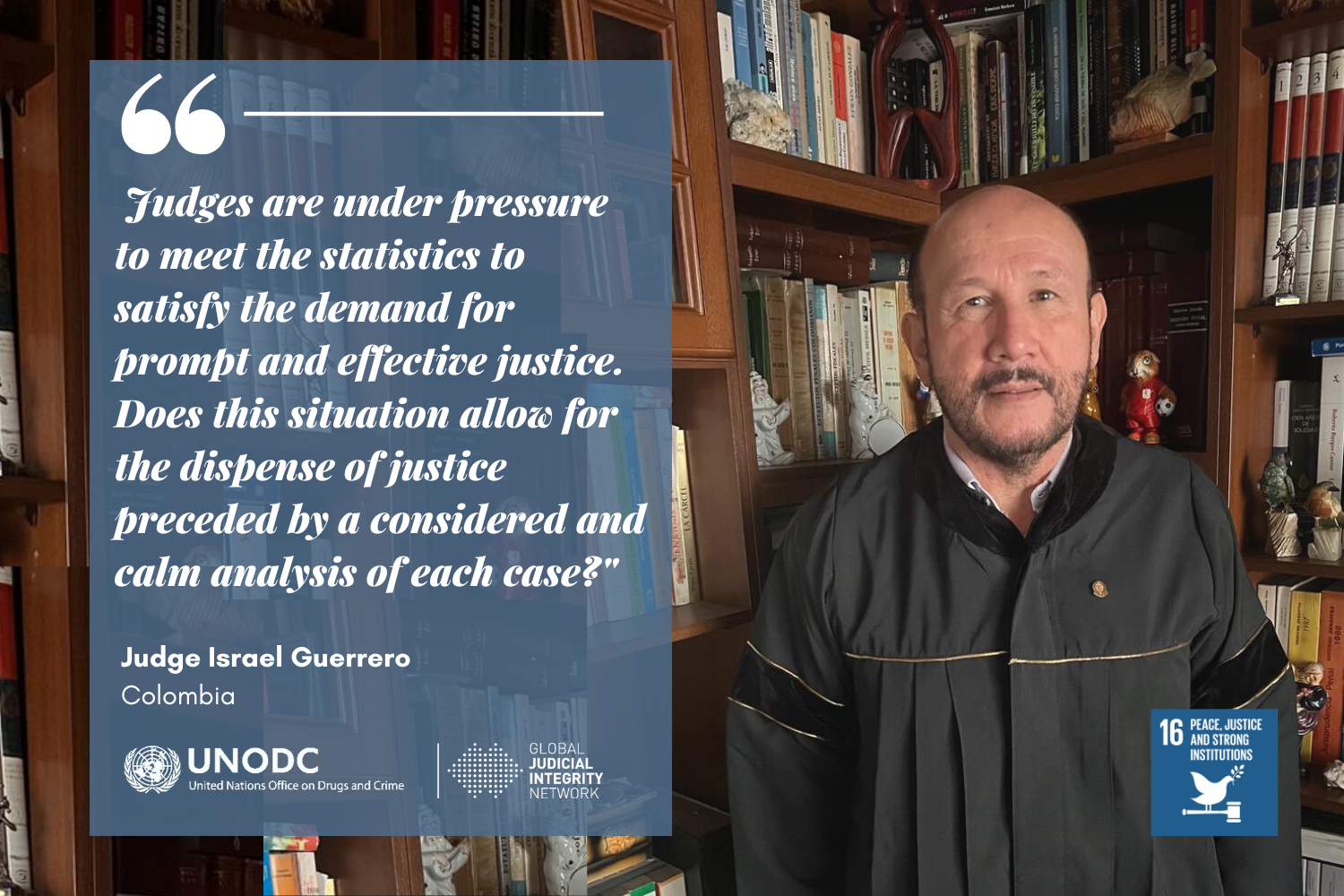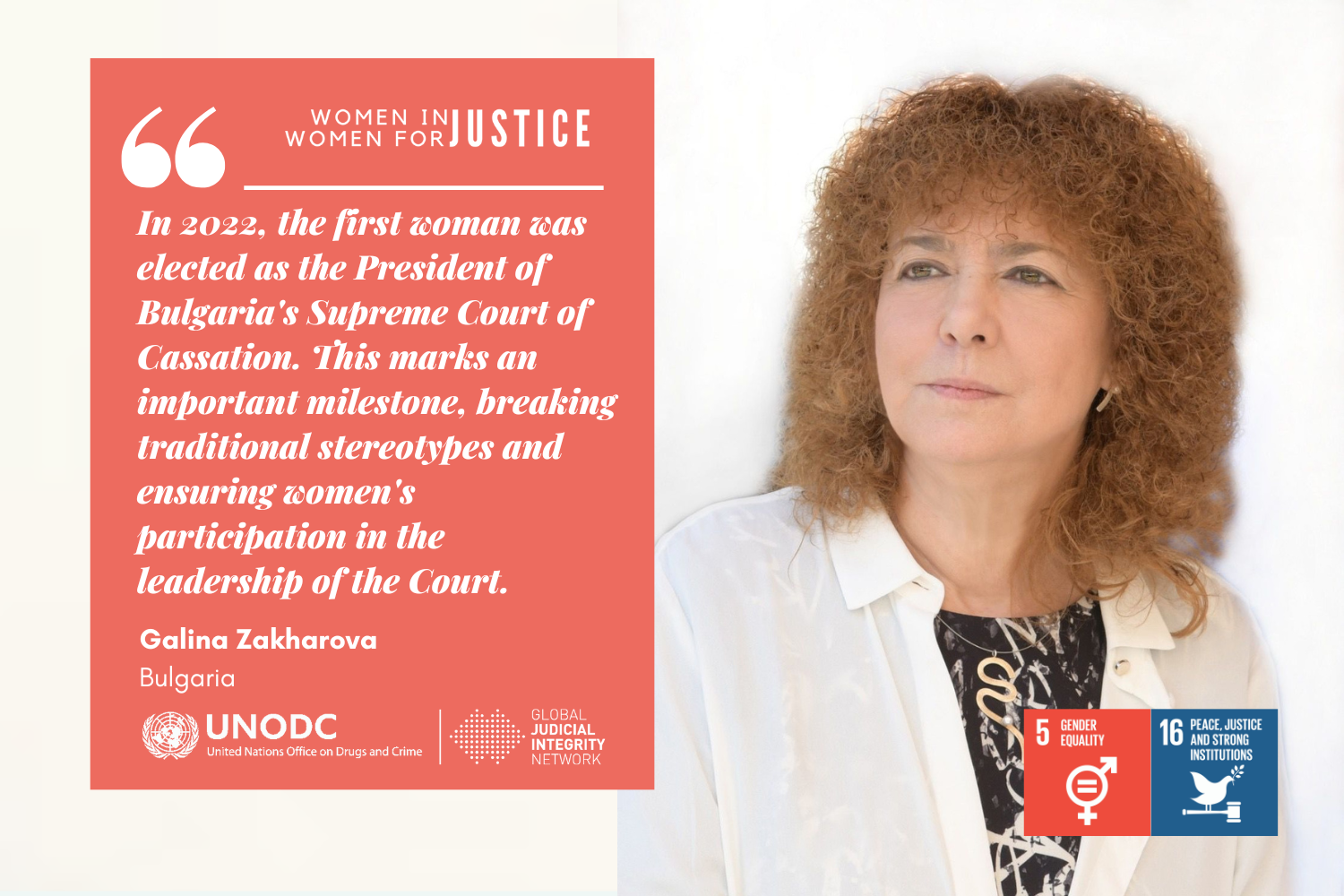Judicial Compliance: A governance model for managing the risk of corruption and ensuring the quality and integrity of the judiciary
Kennia Alvarado Villalobos serves as the Compliance Officer at the Judiciary of Costa Rica and is responsible for implementing the judicial compliance programme in Costa Rica.
______________________________
Organized crime and corruption, coupled with the temptations of political power to control everything and deprive the public machinery of checks and balances, are identified as the greatest threats to judicial independence and integrity.[1]
In response to this challenging situation, the judiciary of Costa Rica has bolstered institutional capabilities and its human resources to counter corruption. It has embraced an institutional model for combating and preventing this issue through Judicial Compliance Initiative.
Judicial compliance encompasses a series of measures endorsed by the senior management of the judiciary, aimed at addressing instances of corruption and organizational fraud. These actions take a risk-based approach, encompassing prevention, identification and response to the phenomenon, ensuring that all activities and personnel actions comply with legal requirements and obligations. Guided by principles of impartiality, objectivity and independence, the objective of judicial compliance is to uphold integrity in decision-making.
In 2019, the judiciary of Costa Rica established the Compliance Office, tasked with organically and technically managing internal corruption risks, organizational fraud and the threats posed by organized crime infiltrating the judicial system.
In March 2019, the Regulation for the Prevention, Identification, and Proper Management of Conflicts of Interest in the judiciary of Costa Rica came into effect. This Regulation facilitated the adoption of best practices, involving judicial personnel in the transparent management of private interests that could unduly influence the exercise of public office. The norm establishes the responsibility of personnel to disclose and manage conflicts of interest, safeguarding impartiality, independence and objectivity both formally and informally. This regulatory framework is also integrated into the human resources selection and recruitment process to ensure the ethical and technical suitability of applicants for a position in the judicial apparatus.
The judiciary has also taken on the responsibility of creating tools for the training and awareness of its personnel and system users. It has introduced an interactive technological tool, the Conflict of Interest Simulator for the Judiciary, serving as a practical guide and promoter of preventive management in this area.
Another measure adopted was the strengthening of the internal control system by incorporating the Corruption Risk Methodology, a specialized technical tool evaluating critical processes for better risk administration and control reinforcement. Consequently, catalogues of corruption risks in applied processes are constructed, documenting and registering risks for organizational attention, monitoring and continuous improvement.
Additionally, the Integrity and Anti-Corruption Policy, approved in November 2022, symbolizes the organizational commitment to combating corruption based on three pillars: (i) governance for organizational direction; (ii) focus and management of corruption risk and internal organizational fraud; and (iii) alignment with regulatory frameworks. This policy results from harmonizing the Governance, Risk, and Compliance (GRC) approach, crucial for institutional articulation, strengthening, and development of installed capacities to ensure the achievement of the outlined path: zero tolerance for corruption. This policy includes an action plan involving structural, organizational and management changes, spanning 11 thematic areas, 71 action areas, 50 strategic goals and 87 operational objectives. The plan designates responsible parties for implementation and includes a management system for monitoring and evaluating progress and compliance with goals, enabling verification and establishment of corrective measures, if necessary, in line with established objectives.
For the judiciary of Costa Rica, the adoption of these highlighted actions and similar ones, in structural, normative and management aspects, aligns with the organization's interest in fortifying institutional capacity to combat public corruption with a zero-tolerance policy. This is realized through the construction of a system that is understandable, measurable, applicable to all levels of the institution and adaptable to changes that may jeopardize the achievement of its objectives and goals.
This policy underscores the public commitment to judicial integrity by its leaders and the judicial population towards Costa Rican society, institutionalism and the administration of justice services.


